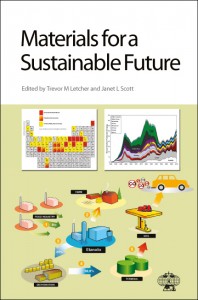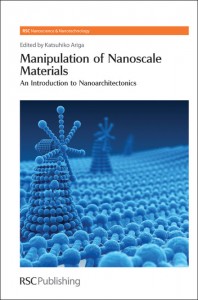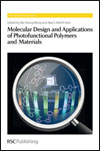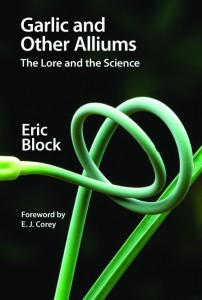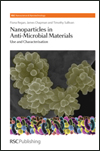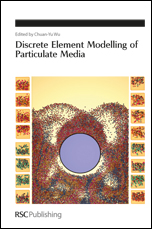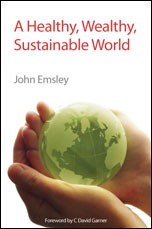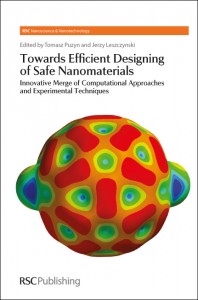 Nanotechnology is now part of our everyday lives and new nanomaterials are continuously being developed for many applications.
Nanotechnology is now part of our everyday lives and new nanomaterials are continuously being developed for many applications.
However, as there are still concerns over the effects of some nanomaterials on our health and the environment any new material must be thoroughly risk assessed. Up to now, information on the techniques available to evaluate the materials is scattered throughout the literature and mainly focuses on experimental methods.
Towards Efficient Designing of Safe Nanomaterials edited by Jerzy Leszczynski, Jackson State University, USA and Tomasz Puzyn, University of Gdansk, Poland covers the recent developments of both empirical and new computational methods including benefits versus risks, environmental detection and quantitative analysis, chemometric modelling, human exposure assessment, toxicity testing, nano-QSAR, risk assessment strategies, policy and regulatory frameworks. The book provides a comprehensive resource for researchers designing new materials to conduct the risk assessments necessary.
Don’t run the risk of missing out – access the content today.
Interested in other books on nanomaterials? Read more in the RSC Nanoscience & Nanotechnology Series.











